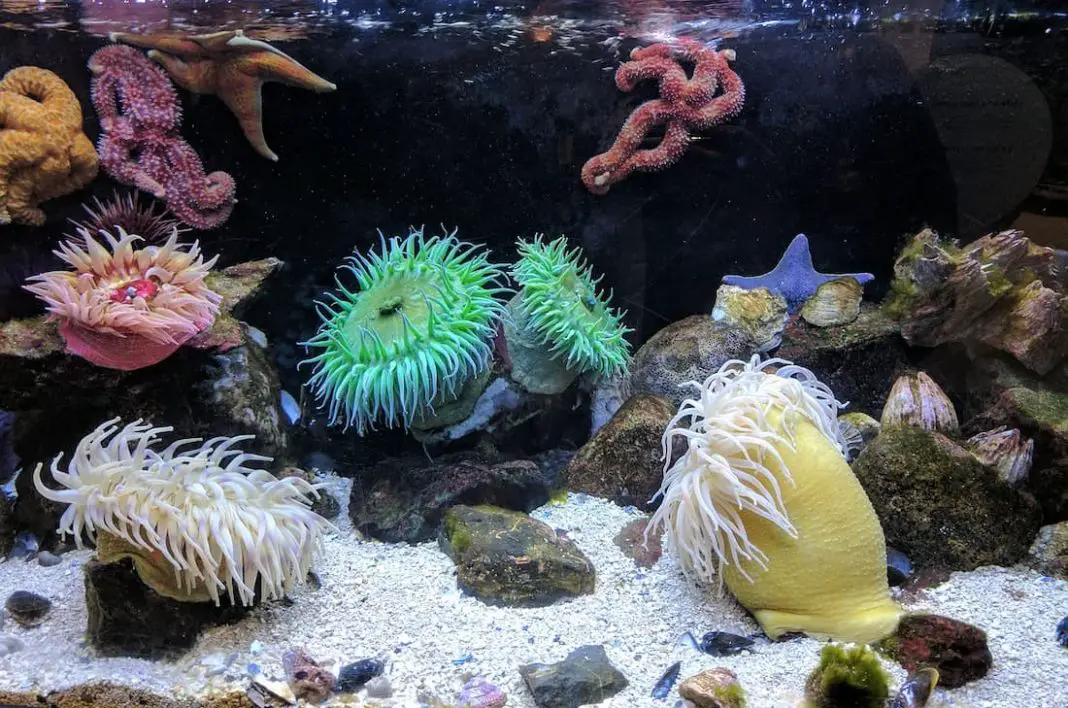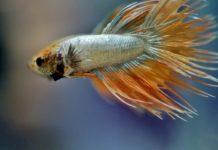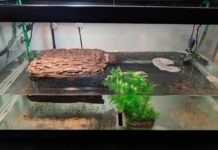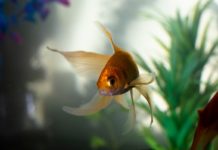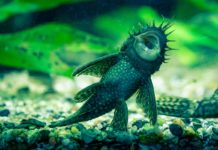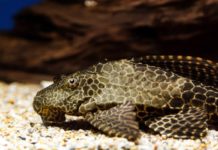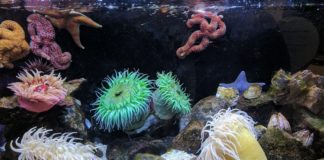Quicklinks
- Why Your Peppermint Shrimp Is Molting
- Peppermint Shrimp Molting And Water Conditions
- Signs That A Peppermint Shrimp Is Going To Molt
- Should You Remove Molt Remains?
- Why A Peppermint Shrimp Eat Their Molt?
Why Your Peppermint Shrimp Is Molting
As peppermint shrimps are invertebrates, like most invertebrates they have an exoskeleton (a skeleton on the outside) that they use to protect themselves. Molting is when a peppermint shrimp often leaves their tight-fitting exoskeleton in order to start growing a new, larger one to live in.
In healthy conditions an adult peppermint shrimp will molt around every 3 to 4 weeks, although younger peppermint shrimp usually molt more often due to how fast they grow, so you can expect molting to happen around every 1 or 2 weeks at this stage.
Peppermint Shrimp Molting And Water Conditions
It’s very important that peppermint shrimps water parameters are kept consistent. Once a peppermint shrimp have left their hard shell, it’ll absorb some water to grow a bit larger and then wait for its new shell to harden in the next size up.
Molting is also an important factor for breeding to take place, when a female peppermint shrimp leaves her hard shell, she releases a pheromone encouraging males to breed with her.
Signs That A Peppermint Shrimp Is Going To Molt
There’re a few signs in a peppermint shrimps’ behaviour that you can look out for which will help signal if they might be ready to molt. The most common sign is noticing that they’re spending more of their time standing still and not moving very far for maybe an hour or more. As they do this they may not even eat while this is happening, they’ll just remain motionless, only slightly moving their antennae. If you have more than one peppermint shrimp and they all appear to be behaving like this then it might be a sign of a problem with the water quality and you should test your water and improve the water quality if necessary.
After molting, a peppermint shrimp is soft and vulnerable so they’ll hide for a few days until their outer shell has had a chance to harden again. It’s pretty normal for keepers of tanks with a small population to see molts in the tank but no peppermint shrimp.
Should You Remove Molt Remains?
No, in most cases it’s completely safe to leave the molt in the tank as the peppermint shrimp can eat it.
The only cases where you would want to remove molts is after/during an infestation of parasites or bacteria as there could be parasite eggs or bacteria left in their old shell, it would be unwise to leave the source of these issues in the tank.
Why A Peppermint Shrimp Eat Their Molt?
Peppermint shrimps are very happy to eat their old shell if you leave it in the tank as it’s a great source of calcium, which is especially useful when trying to build up a new exoskeleton.

